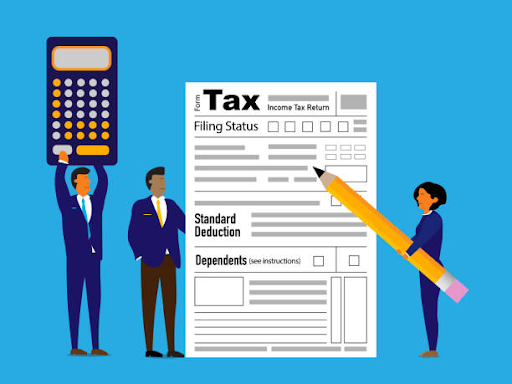
The IRS has recently released draft forms for the tax year 2020, bringing about important changes to the 1040 and W-2. In this article, we will delve into some of these alterations, focusing on new forms such as 1099-NEC and 7202, as well as changes to the familiar 1040.
Form 1099-NEC - Nonemployee Compensation:
One significant update is the introduction of Form 1099-NEC, specifically designed for reporting nonemployee compensation. This replaces the previous reporting on Form 1099-MISC. The new form captures qualified payments made to individuals, including those for services, cash payments for fish, and payments to attorneys, where at least $600 was disbursed.
It's crucial to file Form 1099-NEC for payments subject to backup withholding rules, irrespective of the payment amount. Notably, payments to corporations are generally excluded, but exceptions exist for attorney fees and cash purchases of fish, which must be reported even when made to a corporation.
Observation: Tax practitioners should be aware that, according to IRS guidance on the section 199A deduction, clients engaged in the rental real estate business may need to file Form 1099s, unless they qualify for the safe harbor protection.
Form 7202 - Credits for Sick Leave and Family Leave Credit for Certain Self-Employed Individuals:
Another noteworthy addition is Form 7202, catering to the self-employed eligible for sick leave and family leave credits. To qualify, individuals must have missed work due to COVID-19-related reasons, mirroring the criteria for employees. Form W-2 will now include a special designation for wages paid under these credits, with adjustments required to claim the qualified credits for self-employed individuals.
Changes to Form 1040:
Several changes to Form 1040 are worth noting:
Line 10b – Charitable Contributions for Standard Deduction:
A maximum deduction of $300 is allowed for charitable contributions for those who take the standard deduction. Individuals aged 70 ½ or older can contribute up to $100,000 per year directly from their IRA to charity, though no charitable deduction is allowed.
Line 30 – Recovery Rebate Credit:
Taxpayers may claim a credit of up to $1,200 for individuals ($2,400 for married filing jointly) and $500 for qualified children under 17. Most eligible taxpayers already received these amounts as an advance against the credit in 2020. Some who did not receive the advance may still qualify, with income thresholds determining the credit amount.
Observation:
The credit phases out completely at $198,000 AGI for married filing jointly and $99,000 AGI for singles without children.
Clients with a high 2020 AGI who received an advance payment still get to keep it, as there is no obligation to repay.
Line 37 – Amount You Owe:
A new note on Line 37 informs Schedule H and Schedule SE filers that this line may not represent their total tax liability. This caveat is due to the option for these filers to participate in the delay of payment of employer payroll taxes (6.2% of the employer portion of the Social Security tax).
While these are some of the key changes to IRS forms for 2020, it's important to stay updated, as additional modifications and new tax laws may emerge throughout the year. The information provided in this article is for informational purposes only and does not constitute tax advice. Consultation with a tax advisor is recommended for advice specific to individual situations.
